In the early 1960s, the Cuttoli-Laugiers were thinking of leaving their rue de Babylone home to retire at the Cap d'Antibes. In an interview with a Realités journalist about the future of her fabulous collection, Marie Cuttoli replied, "I have no intention of selling what it took me years to put together, piece by piece. My works will not be dispersed at auctions and scattered around the world. Everything you see in this house [...] will end up in French museums. Having been fortunate enough to meet all these giants, it's only fair to let others enjoy their works in the future."[1] The couple decided to donate part of their Picassos to the Musée National d'Art Moderne: five canvases, five pasted paper works, one gouache, two drawings, and one watercolor. Eight of the pieces belonged to Marie and six to Henri Laugier. Henri Laugier wrote to Jean Cassou in reference to the bequest: "The clauses in the donation specify that we give these paintings to the French National Museums […]. Obviously, that means that the National Museums have unconditional ownership and therefore could disperse the works […]. We believe it ought to be possible to also put in writing that these paintings are part of a collection that should not be physically dispersed […] and ought to be shown as such, if not in a room by itself, at least on a panel in a room devoted to the art of that period. It may be a somewhat frivolous wish, but one has to be somewhat indulgent with the strange ideas of those touched by what Jean Perrin would refer to as 'the great melancholy of a life nearing its end' and who have sentimental attachments to things that will soon have no importance for them and probably no meaning for anyone else."[2] The donation had a special focus on the cubist period and included an exceptional ensemble of works dating from 1910 to 1914. Five of them were pasted papers. Three of the later pieces donated by Marie Cuttoli appear to have been produced as tapestry cartoons.
The works included in the couple's bequest were the following: Nature morte Qui, 1911-1912, charcoal on coated canvas; Bouteille de vieux marc, 1912, charcoal, pasted and pinned paper; Bouteille et journal sur une table, 1912, charcoal, pasted paper and gouache; Violon, verre et bouteille, 1912-1913, pencil and wash on paper; Tête d’homme au chapeau, 1912-1913, charcoal and pasted paper; Tête à la pipe, 1913, charcoal, pasted and pinned paper; Tête de jeune fille, spring 1913, oil on canvas; Nature morte "bass", 1913, pencil and watercolor on beige paper; Violon, 1914, charcoal and pasted paper; Nature morte à la bouteille de bass, 1914, charcoal, pencil, and watercolor on ochre paper; Minotaure, January 1, 1928, charcoal and pasted paper; Femme aux pigeons, 1930, pastel; Confidence, 1934, oil, pasted paper, and gouache; and Deux Femmes sur la plage, 1956, oil on canvas.
All collections are reflections of the passions of those who put them together. In this respect, Marie Cuttoli and Henri Laugier provide an exemplary overview not only of the arts of their century, but also of the life of the arts. Their collection bears witness to the creative forces, the movements, the currents, and those who led them. With an undeniable historical value, it reproduces the enthusiasms and convictions of its times. Witnessing the complexity of modern art, their curiosity enabled them to mix the most established names with others that have been all but forgotten. These are the singularities that Jean Cassou highlights in the foreword he wrote to introduce the collection's donation to the Modern Art Museum: "This collection is not only the product of intellectual choices, but also of passion, assembled with the greatest enthusiasm and in constant spiritual exchange with the artists." A major presentation of the works was offered in November 1970 at the Beyeler gallery in Basel; Jean Cassou signed the essay for the catalogue. Part of the collection would later be sold to raise funds for the CNRS. Finally, Marie Cuttoli gave a large sum of money to the Fondation de France.
Together the couple retired to the Côte d’Azur, continuing to often visit their friend Picasso. Henri Laugier, that "citizen of the world, the center of a vast international network of men and women that inspires a national and international civic spirit," as described by George Fischer,[3] died on January 19, 1973, shortly before Picasso.
Marie let herself die voluntarily to join her companion, and did so just a few weeks later, on May 23, with her usual discretion.
Bernadette Caille
Sources :
Dominique Paulvé, Marie Cuttoli. Myrbor et l’invention de la tapisserie moderne. Norma Editions, 2010.
Histoire de l’art contemporain, preface by Henri Laugier. Cahiers d’Art, 1938.
Jean Leymarie, Les Picasso de la donation Cuttoli-Laugier au Musée national d'art Moderne, Réunion des musées nationaux, no date.
Réalités Fémina-Illustration, Issue 162, July 1959.
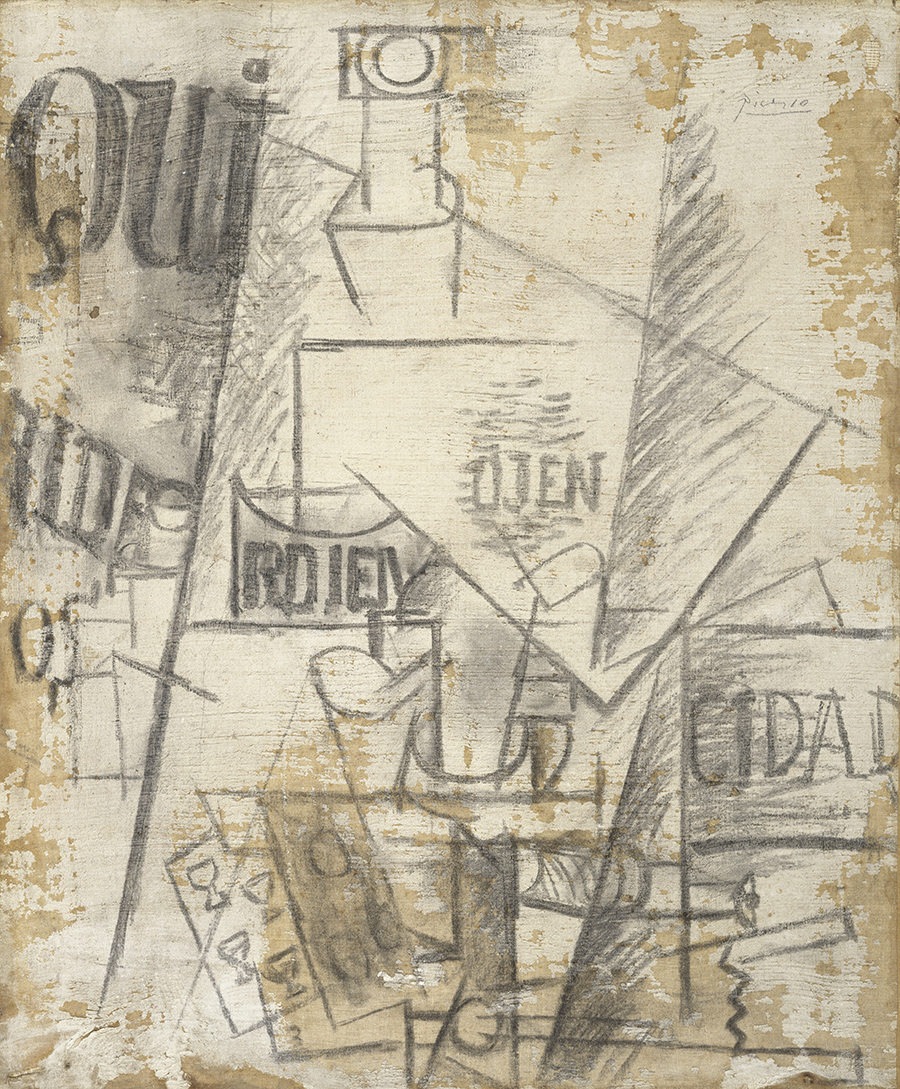
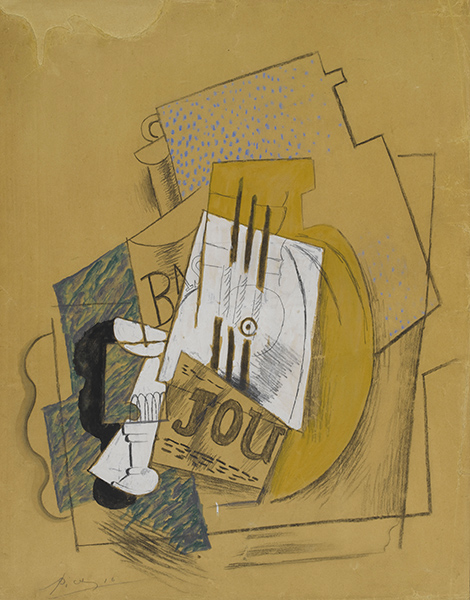
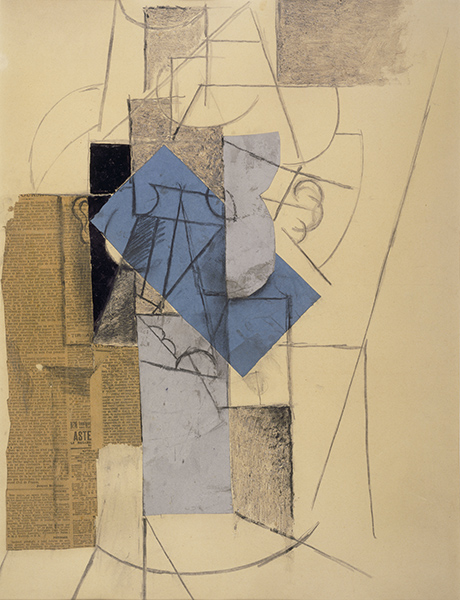
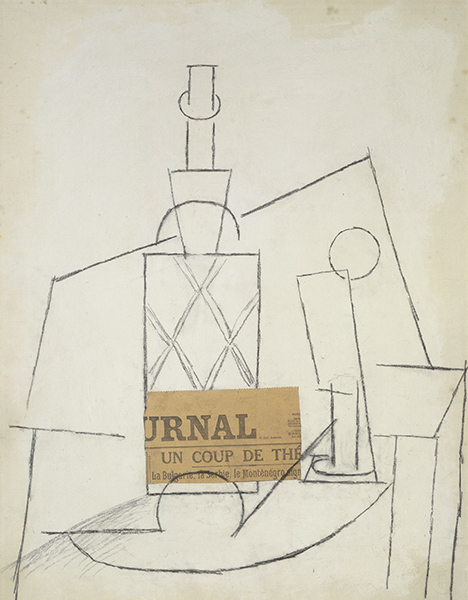
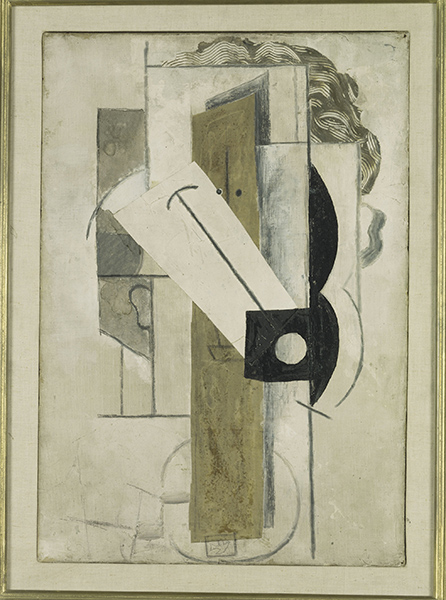
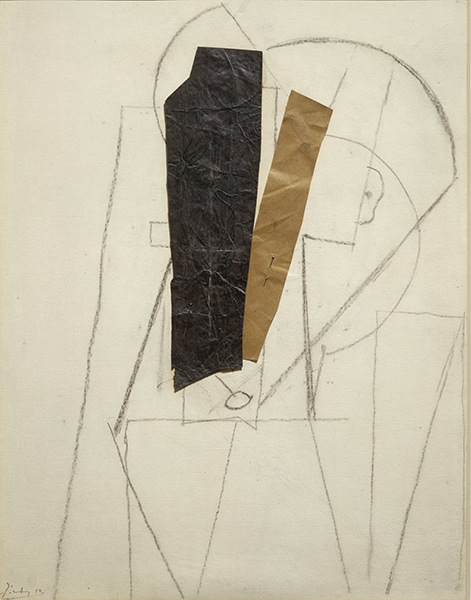
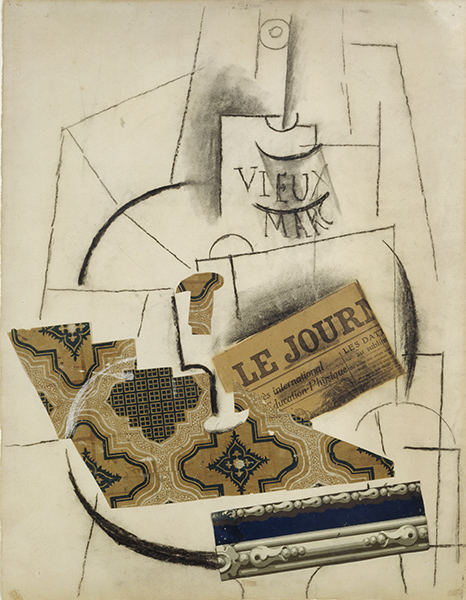
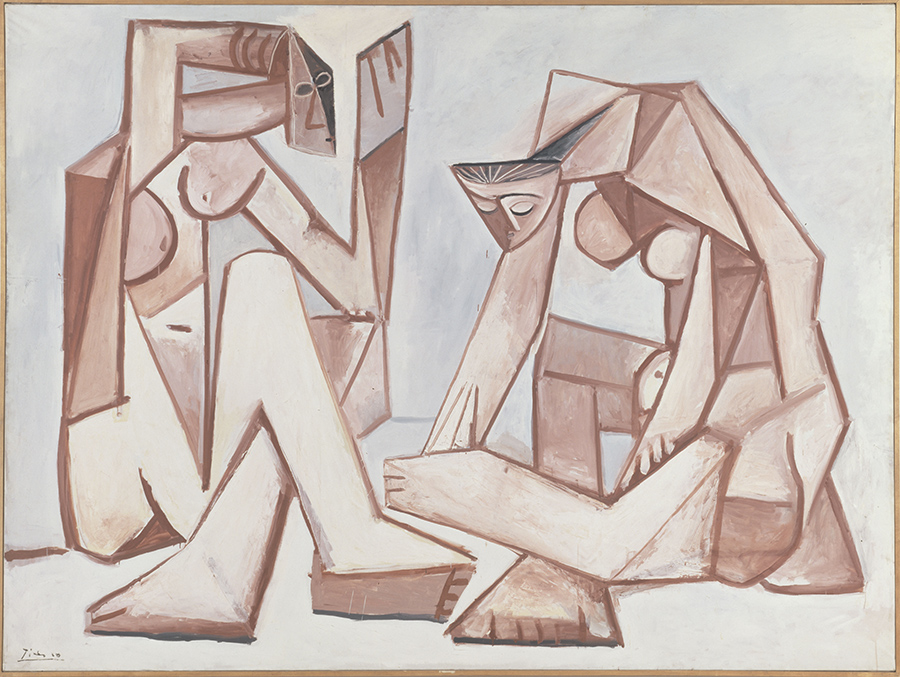
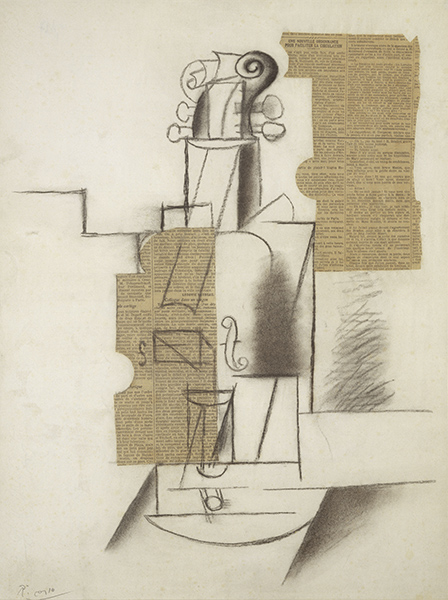
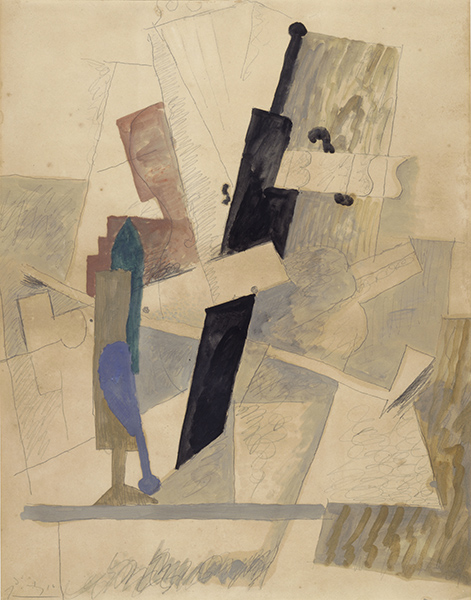
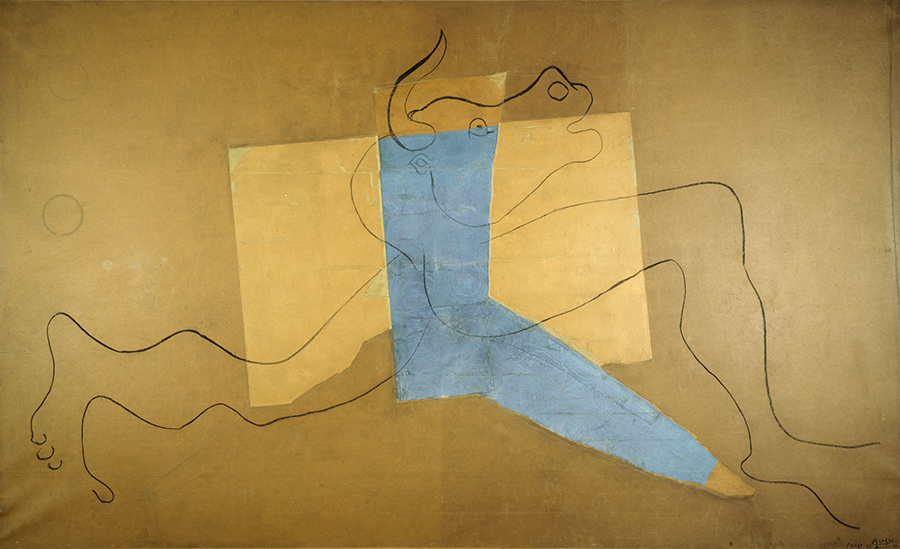
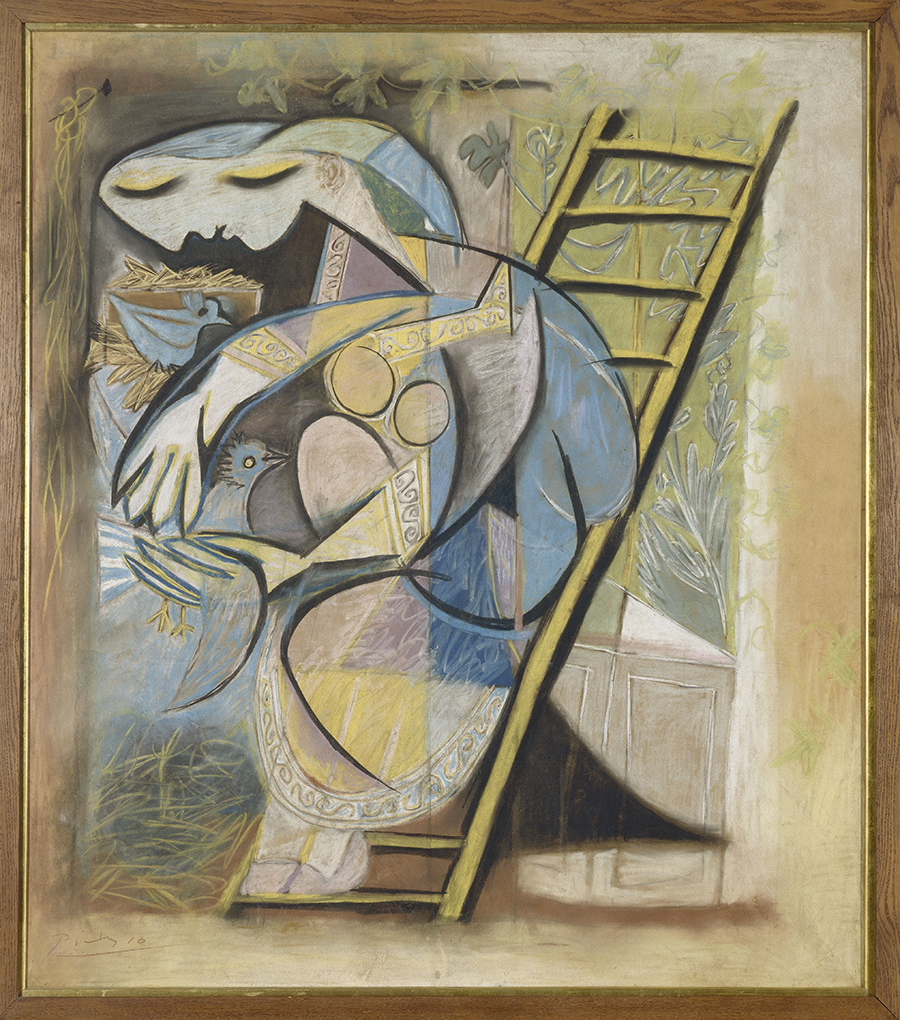

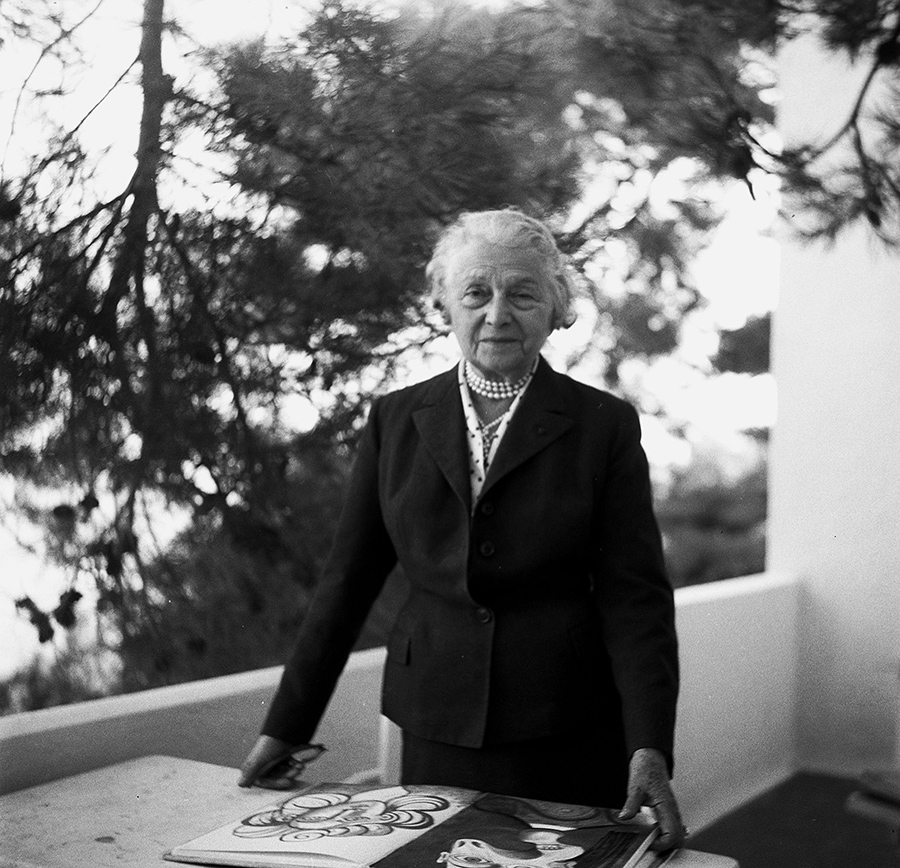




 Summary
Summary